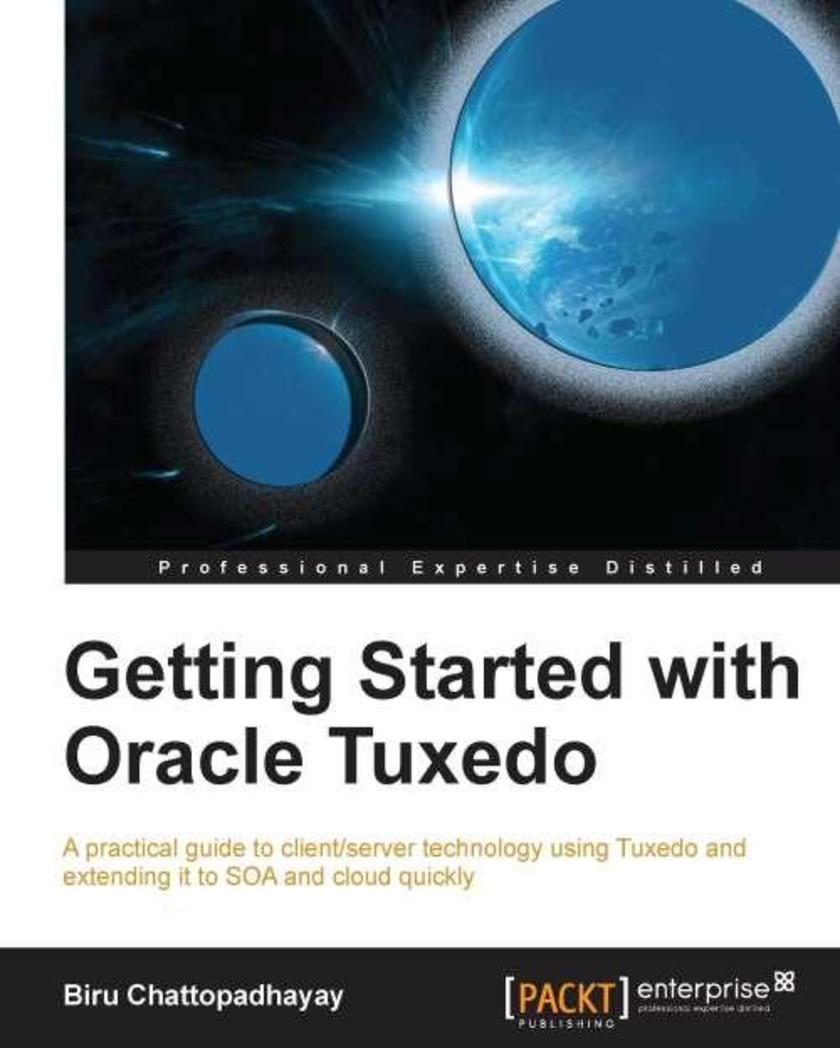
Getting Started with Oracle Tuxedo
¥63.21
This book is packed with real world examples that cover the design and discipline of the software and service of CRMOD. If you are an architect, designer, developer or administrator looking for a quick reference guide on how to build a Tuxedo application, then this is the best guide for you. This book also helps business users to understand this technology, various features, and functionalities and relate business benefits. No prior knowledge of Tuxedo is required.
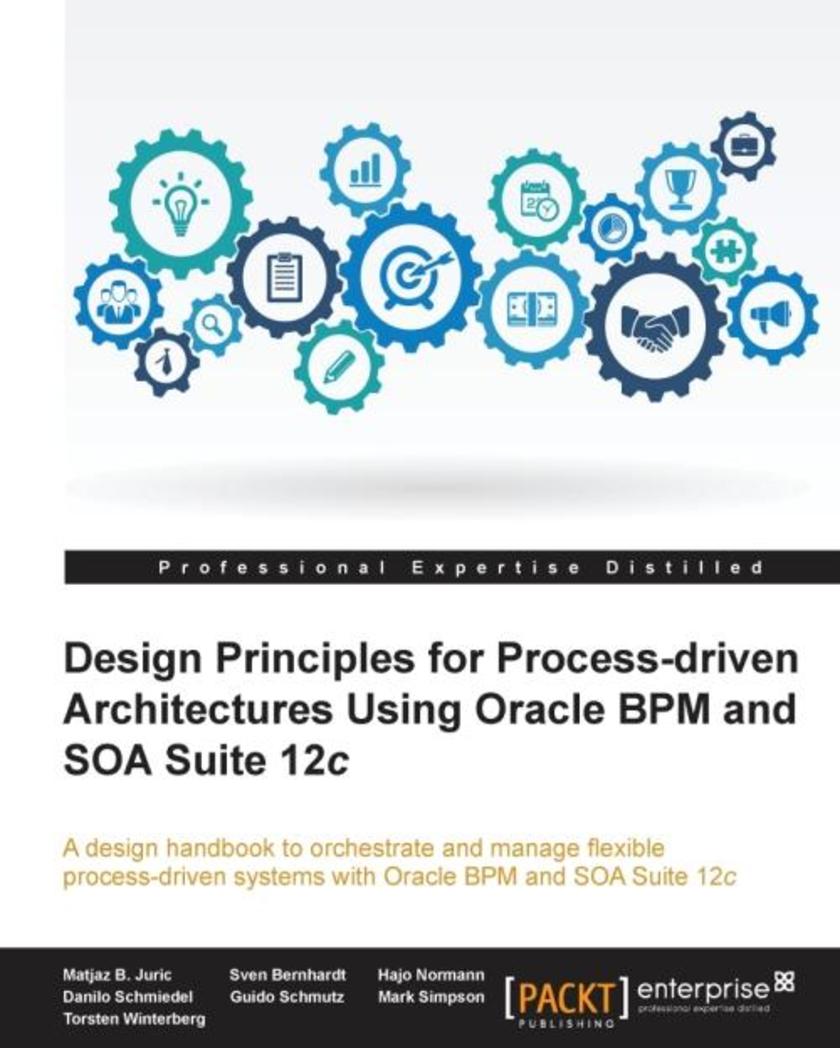
Design Principles for Process-driven Architectures Using Oracle BPM and SOA Suit
¥125.34
This book is intended for BPM and SOA architects, analysts, developers, and project managers who are responsible for, or involved in, business process development, modelling, monitoring, or the implementation of composite, process-oriented applications. The principles are relevant for the design of on-premise and cloud solutions.
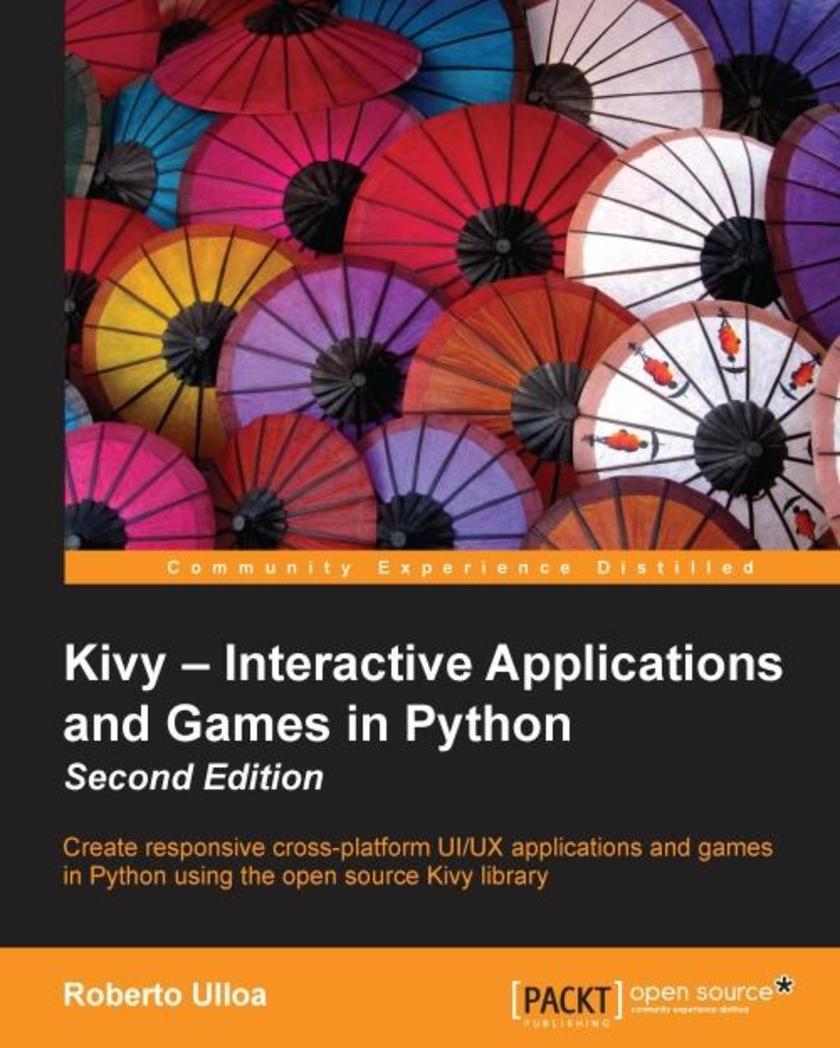
Kivy – Interactive Applications and Games in Python - Second Edition
¥80.65
If you are a Python developer who wants to create exciting and dynamic UI/UX applications that are compatible with multiple platforms, then this is the book for you. No prior experience with Kivy is required, although you should be familiar with Python and have a fair understanding of software engineering concepts such as inheritance, classes, and instances.
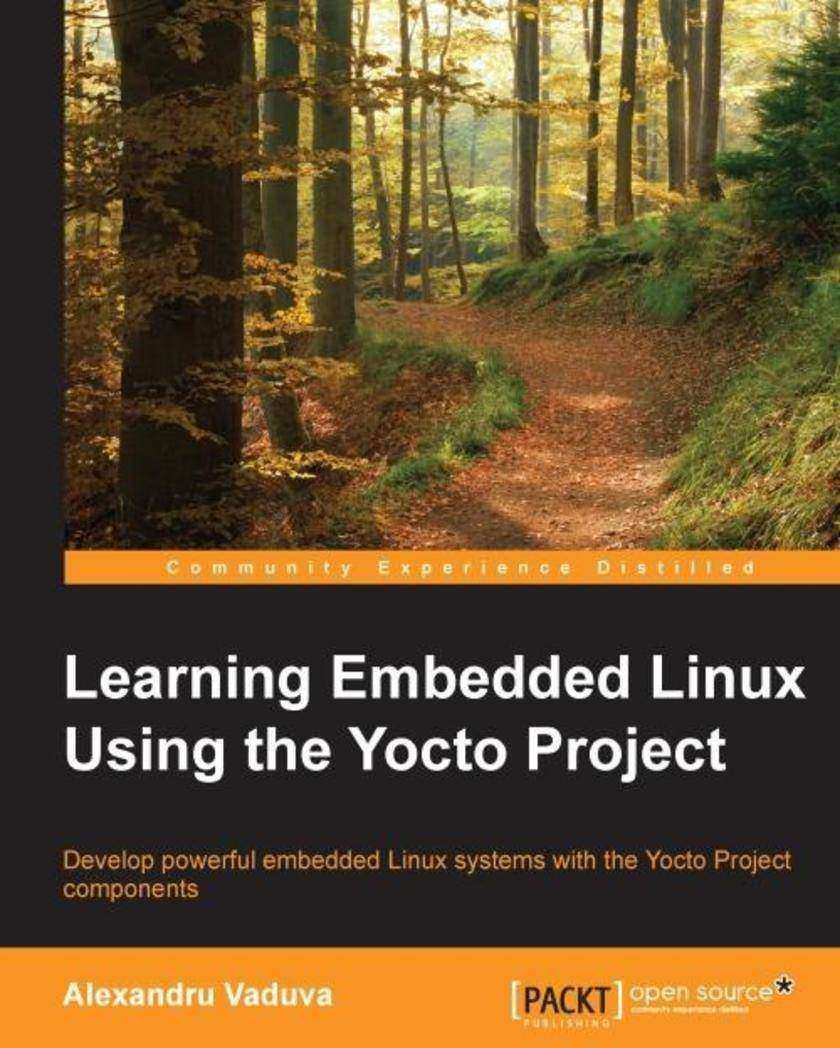
Learning Embedded Linux Using the Yocto Project
¥80.65
If you are a Yocto and Linux enthusiast who wants to build embedded Linux systems but do not have the knowledge to do it, this is the book for you. It will also help those of you who have a bit of knowledge about Linux and the embedded world and are keen on learning more about the technology. This book will provide you with the skills needed to successfully interact with the Yocto Project components regardless of the fact that you are new to embedded development or an expert.
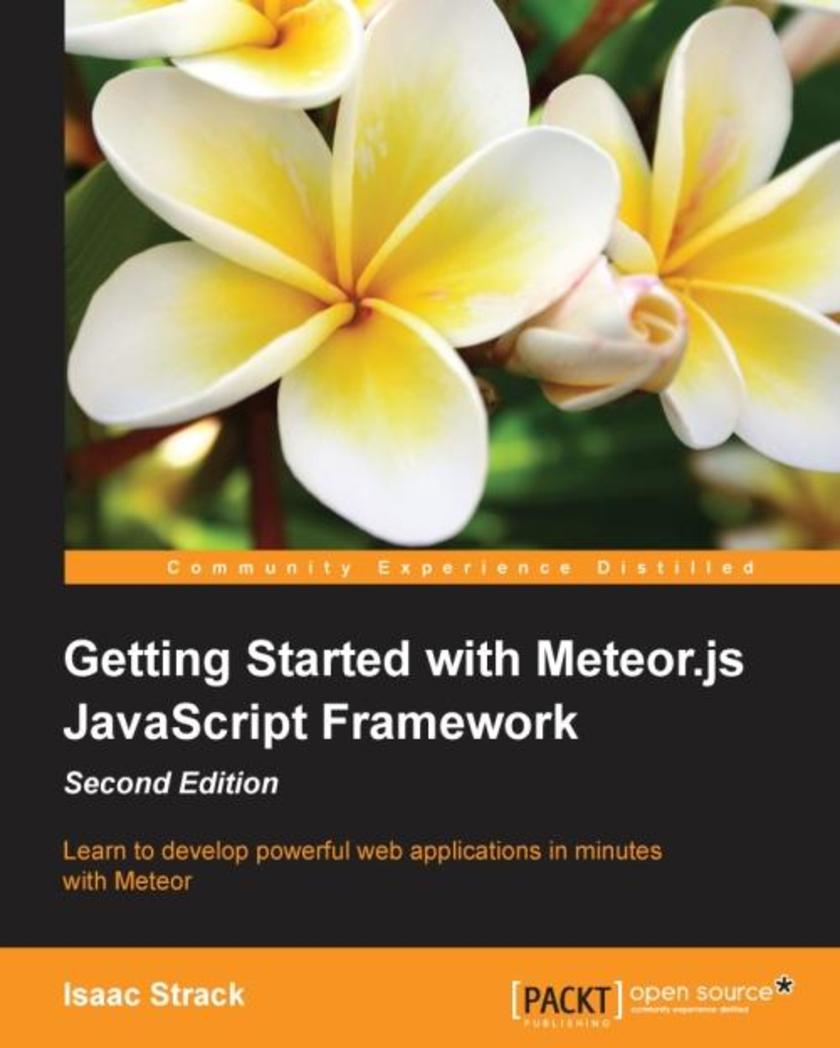
Getting Started with Meteor.js JavaScript Framework - Second Edition
¥49.04
This book is for developers or students who have a working knowledge of JavaScript and HTML, and want to learn how to quickly develop full-stack web applications using pure JavaScript.
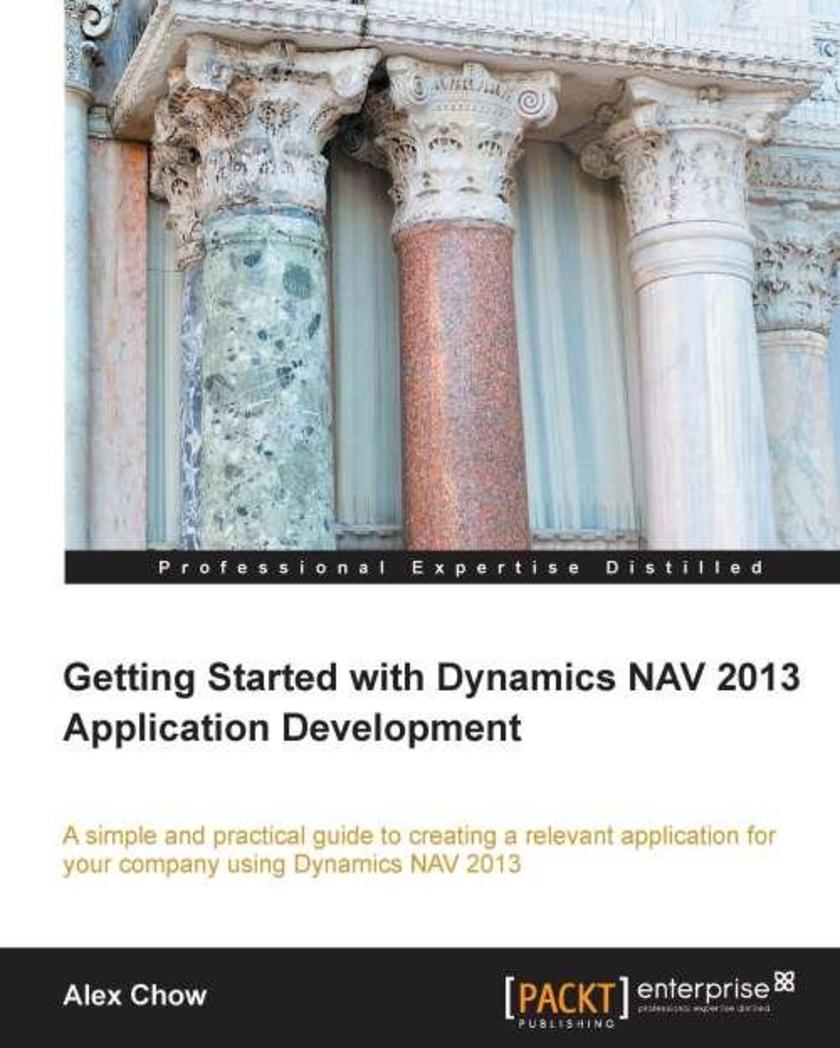
Getting Started with Dynamics NAV 2013 Application Development
¥80.65
Presented in an easy-to-follow, step-by-step tutorial, "Getting Started with Dynamics NAV 2013 Application Development" introduces the reader to the main concepts of developing with Dynamics NAV."Getting Started with Dynamics NAV 2013 Application Development" is for any user who uses Dynamics NAV as their main business software. This is also for any developers who may be familiar with other accounting software and wish to get into developing within the Dynamics NAV field.
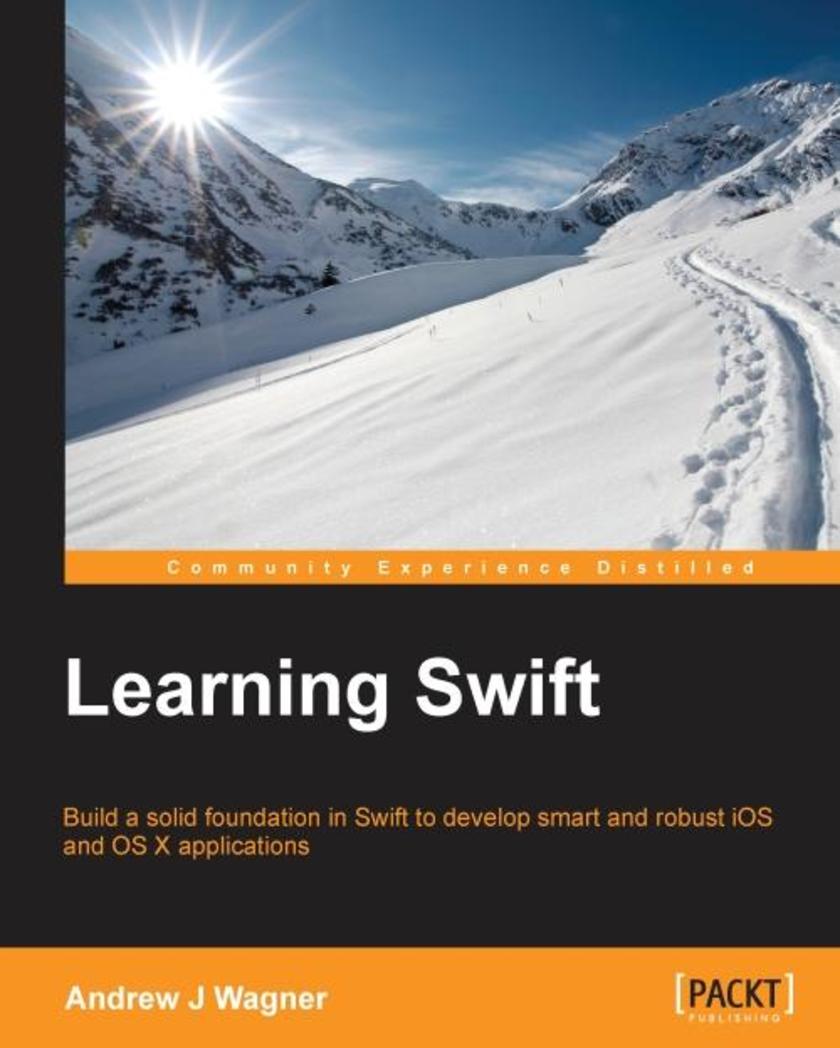
Learning Swift
¥80.65
If you are looking to build iOS or OS X apps using the most modern technology, this book is ideal for you. You will find this book especially useful if you are new to programming or if you have yet to develop for iOS or OS X.
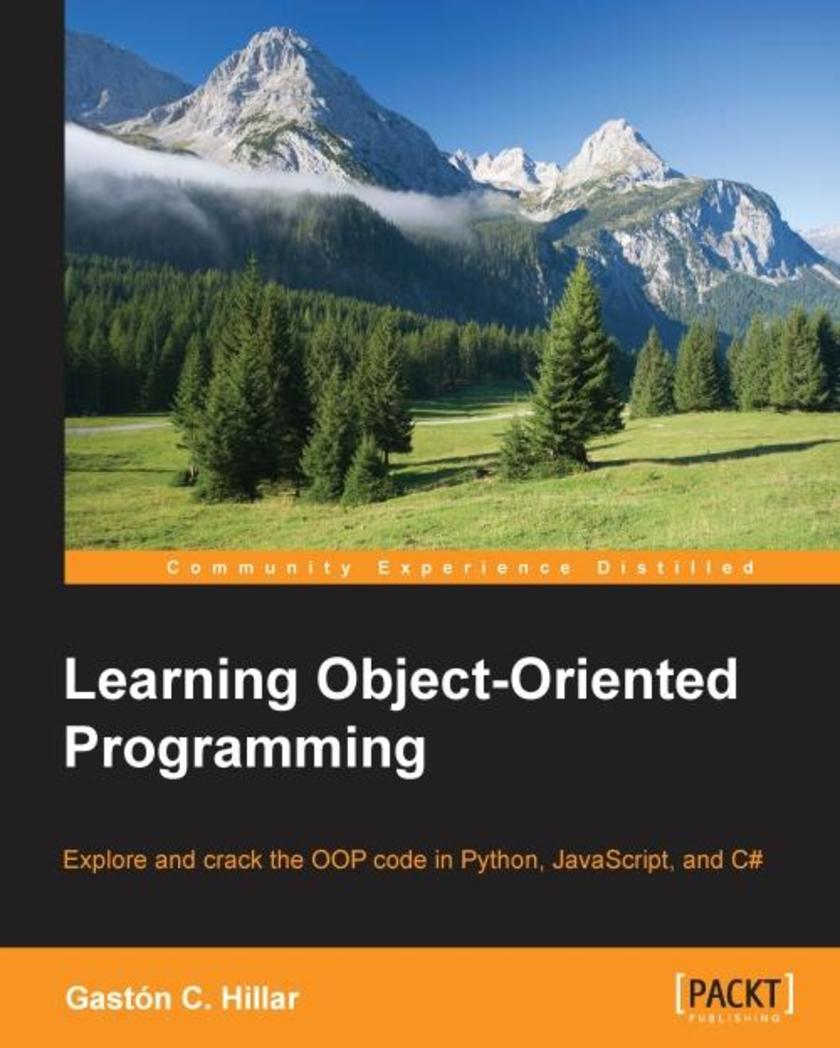
Learning Object-Oriented Programming
¥90.46
If you're a Python, JavaScript, or C# developer and want to learn the basics of object-oriented programming with real-world examples, then this book is for you.
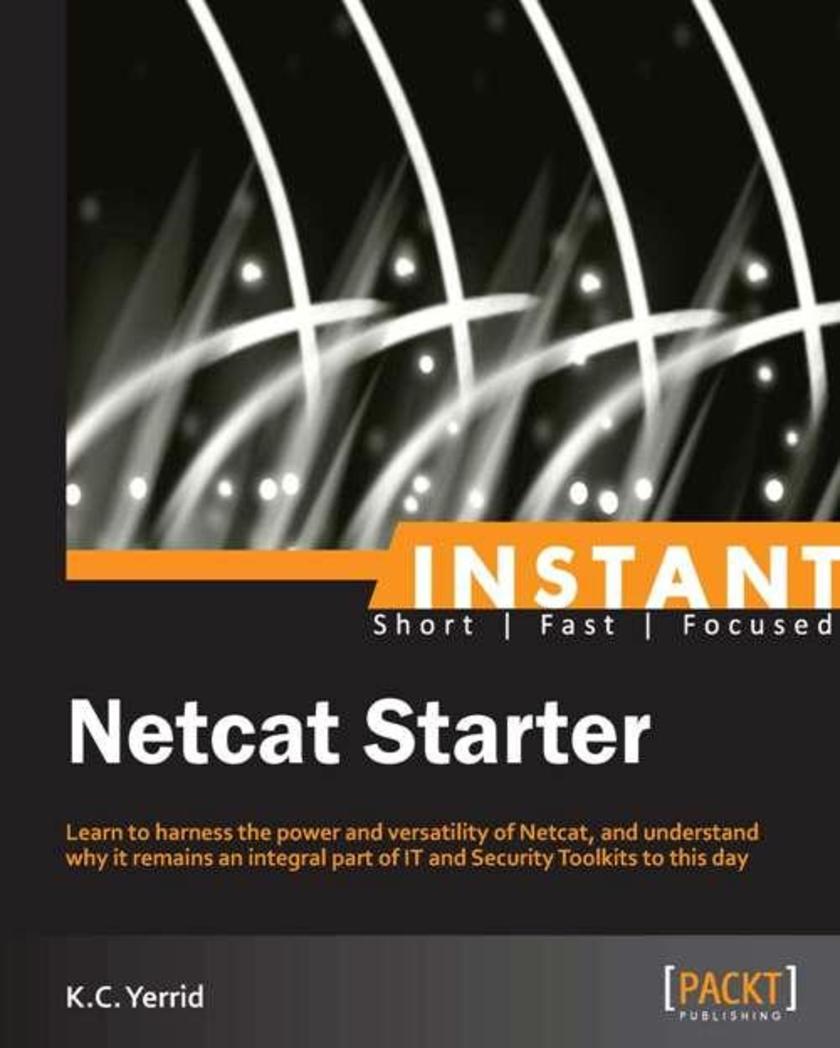
Instant Netcat Starter
¥45.77
Get to grips with a new technology, understand what it is and what it can do for you, and then get to work with the most important features and tasks. This book is for IT professionals who have no previous experience with Netcat but need to understand it quickly and easily.

Building your First Mobile Game using XNA 4.0
¥71.93
This book is a step-by-step tutorial with a lot of screenshots that help to explain the concept better. This book will cover the building of a 3D game for Windows Phone using XNA. We won’t explain the C# programming language itself, nor object-oriented programming.We will however explain the aspects of game development thoroughly, so don’t worry if you have never written a 3D game. We will cover all the basics, included the much dreaded math. This is the right book for anyone, regardless of age and gender, if: You are interested in game development You want to start building games for Windows Phone You have some programming knowledge. In this book, we will first go over the technical topics, and end up building a 3D game for Windows Phone 7 together!
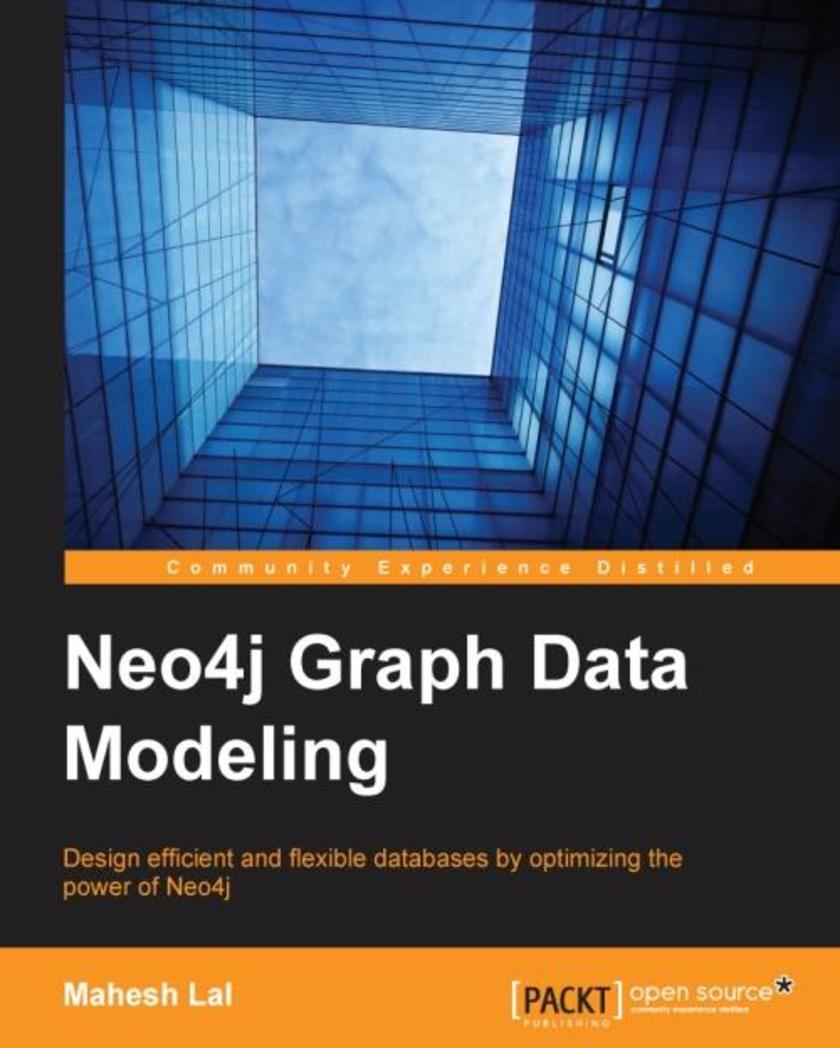
Neo4j Graph Data Modeling
¥54.49
If you are a developer who wants to understand the fundamentals of modeling data in Neo4j and how it can be used to model full-fledged applications, then this book is for you. Some understanding of domain modeling may be advantageous but is not essential.
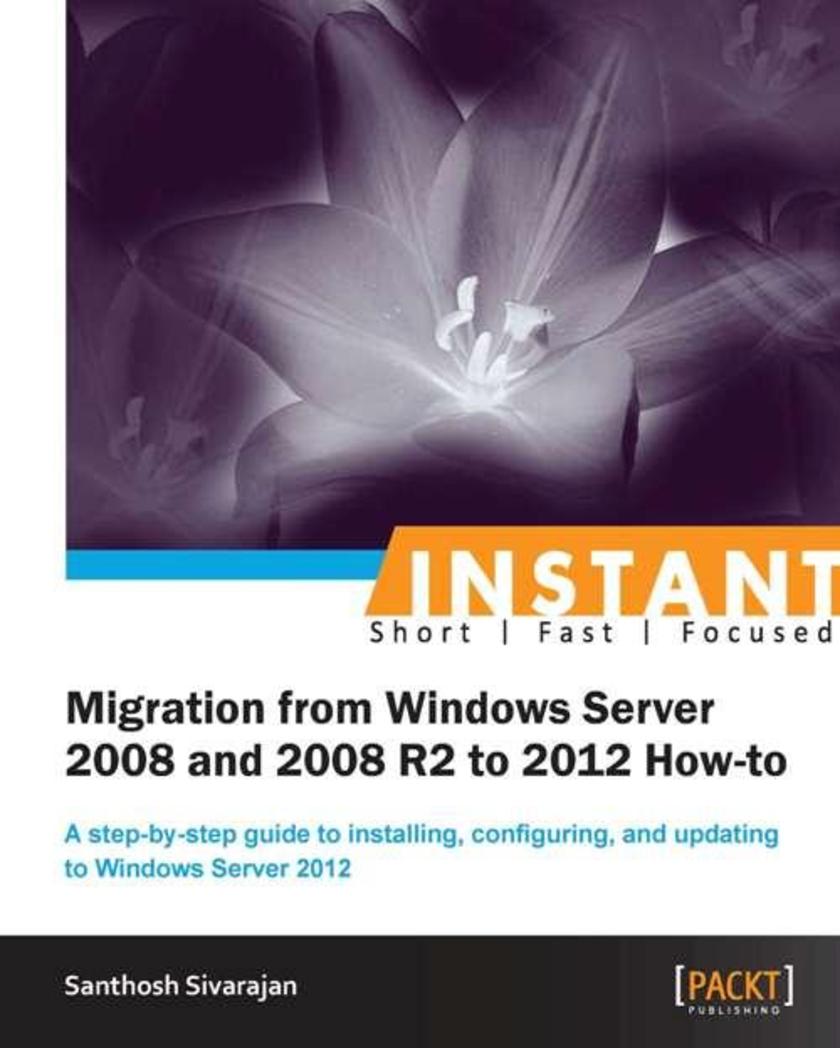
Instant Migration from Windows Server 2008 and 2008 R2 to 2012 How-to
¥50.13
Filled with practical, step-by-step instructions and clear explanations for the most important and useful tasks. Get the job done and learn as you go. Presented in a hands-on reference manual style, with real-world scenarios to lead you through each process. This book is intended for Windows server administrators who are performing migrations from their existing Windows Server 2008 / 2008 R2 environment to Windows Server 2012. The reader must be familiar with Windows Server 2008.
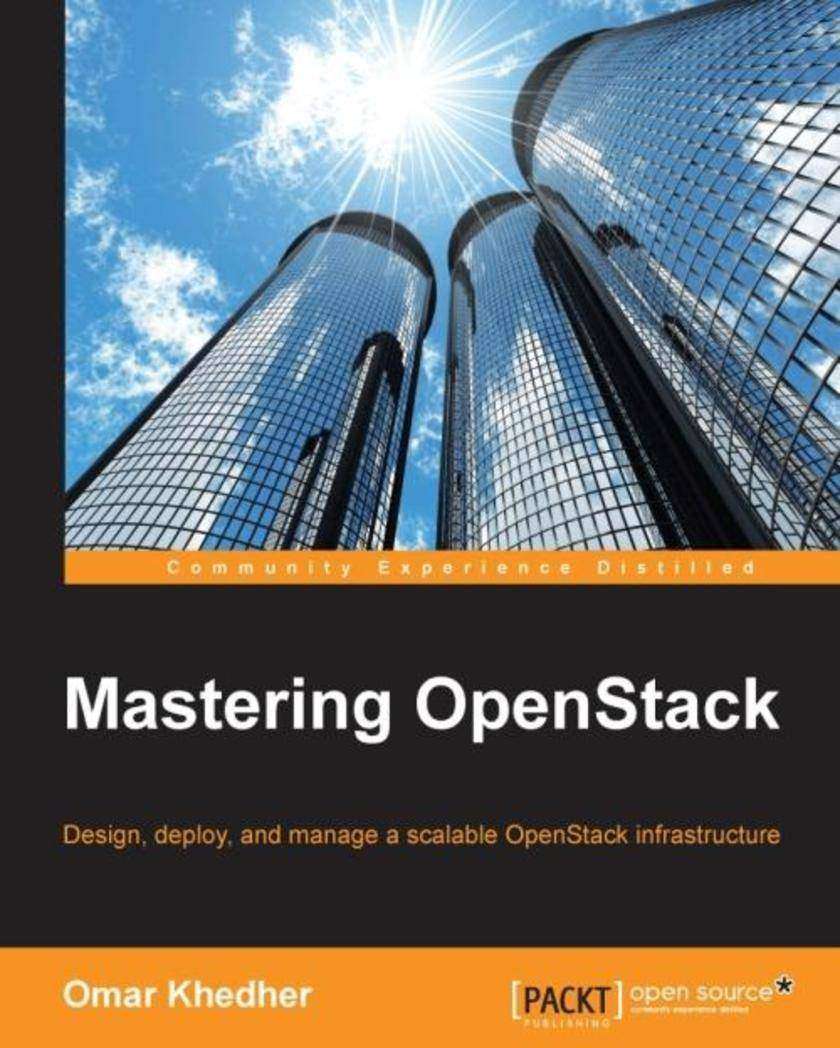
Mastering OpenStack
¥90.46
This book is intended for system administrators, cloud engineers, and system architects who want to deploy a cloud based on OpenStack in a mid- to large-sized IT infrastructure. If you have a fundamental understanding of cloud computing and OpenStack and want to expand your knowledge, then this book is an excellent checkpoint to move forward.
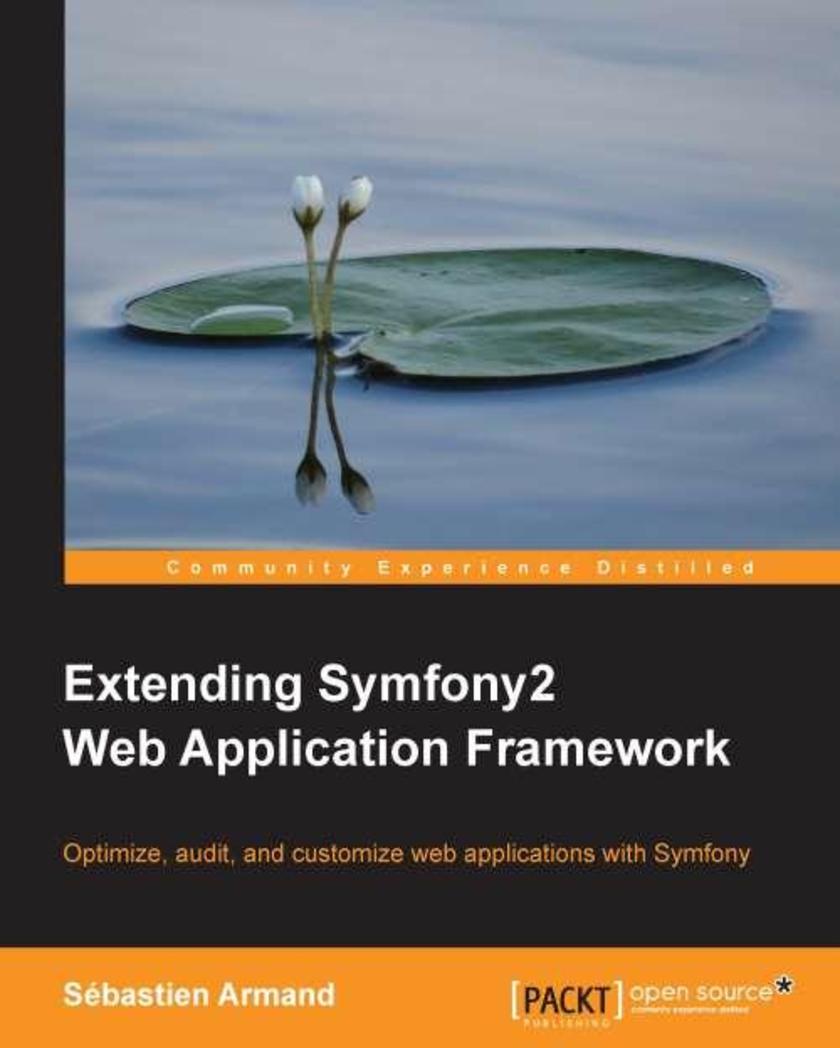
Extending Symfony 2 Web Application Framework
¥63.21
With lots of practical, handson, stepbystep examples, this book will lead you through how to extend and optimize your Symfony2 framework. If you have a good understanding of how Symfony works and are now trying to integrate complex tasks in your application, or want to better organize your application by keeping each piece of code where it belongs so it can be decoupled and easily used elsewhere, then this book is for you.
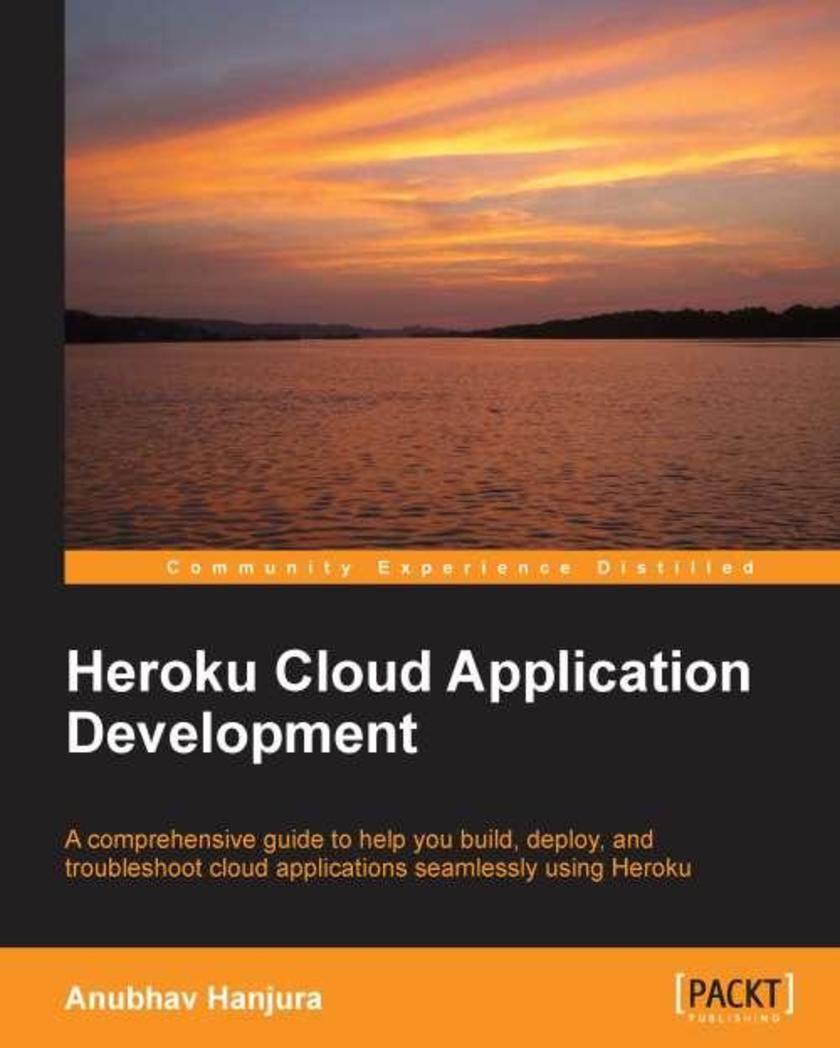
Heroku Cloud Application Development
¥99.18
An easytofollow, handson guide that clearly explains the various components of the Heroku platform and provides stepbystep guidance as well as numerous examples on how to build and troubleshoot robust and scalable productionready web applications on the Heroku platform. This book is intended for those who want to learn Heroku the right way. Perhaps you are new to Heroku or are someone who has heard about Heroku but have not built anything significant with it. You should have knowledge or familiarity with cloud computing and basic knowledge of database and network deployment.
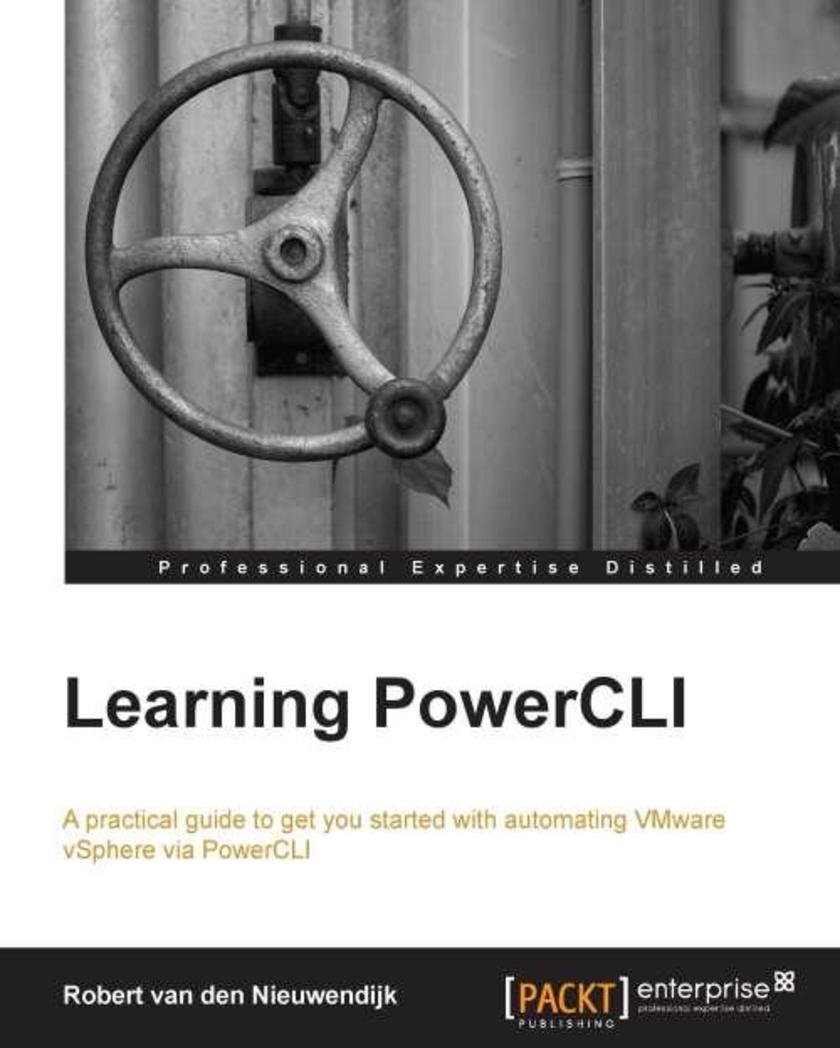
Learning PowerCLI
¥80.65
"Learning PowerCLI" is written in a friendly and practical style with a focus on getting you started and automating daily tasks quickly and efficiently. If you manage or administrate a vSphere environment, and want to make that easier and more efficient, then this book is for you! This book is ideal for you if you want to learn how to automate your VMware vSphere infrastructure, by getting the most out of PowerCLI. It’s assumed that you have some experience in administrating a VMware vSphere environment. Knowledge of Microsoft’s Windows PowerShell is not a prerequisite.
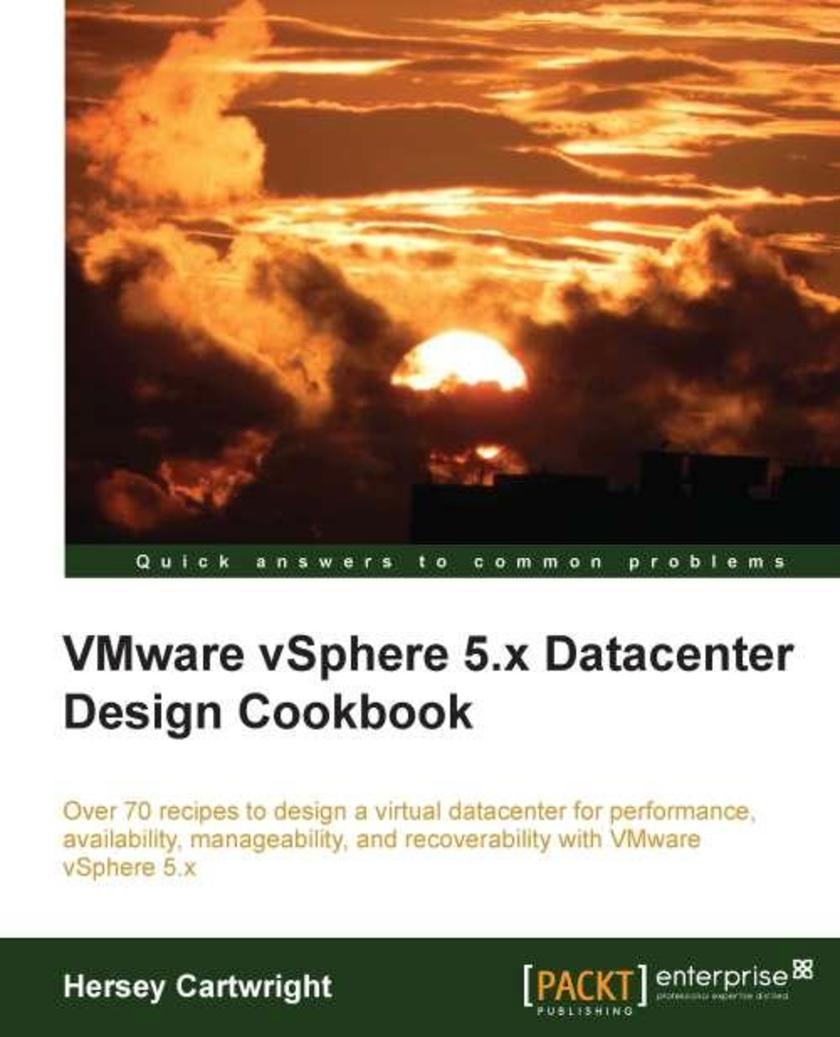
VMware vSphere 5.x Datacenter Design Cookbook
¥99.18
A practical guide packed with stepbystep recipes to design a virtual datacenter using VMware 5.x This book is a guide for anyone interested in designing virtualized datacenters using VMware vSphere 5.x and the supporting components. Current administrators of VMware vSphere environments will find this book useful when interested in becoming a vSphere Architect or are interested in learning more about the virtual datacenter design process. Knowledge of vSphere installation, configuration, and administration is a prerequisite.
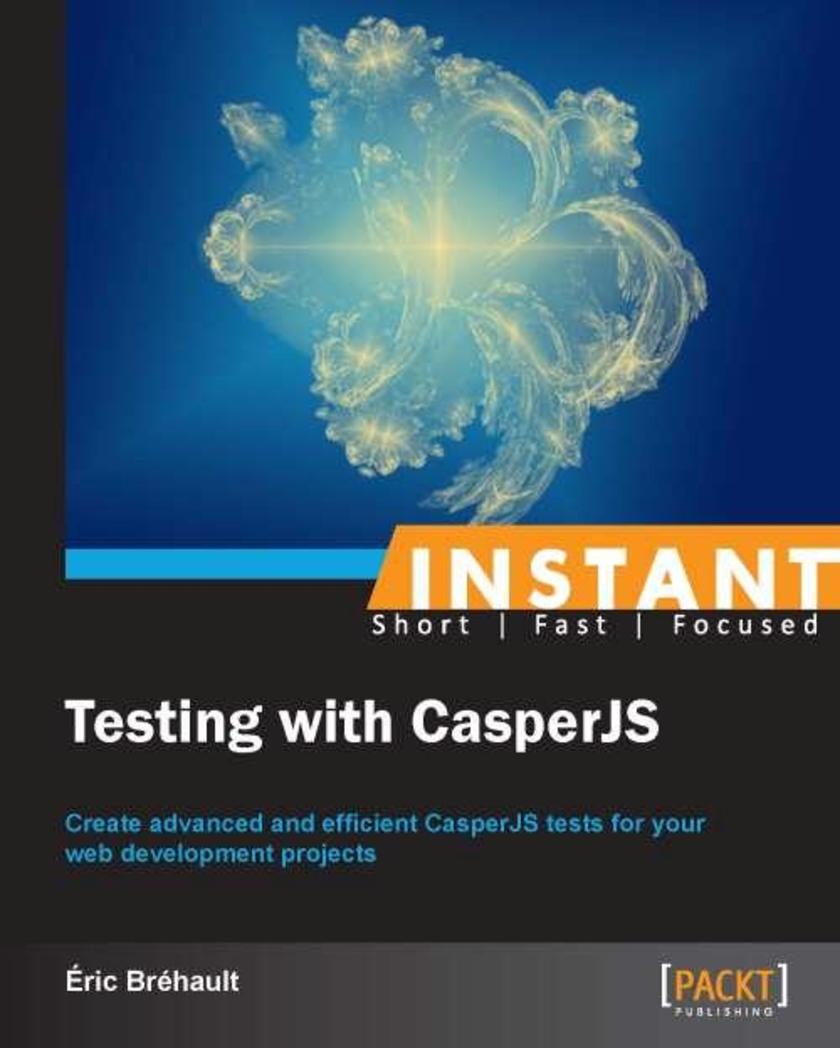
Instant Testing with CasperJS
¥45.77
Filled with practical, stepbystep instructions and clear explanations for the most important and useful tasks. A concise guide full of stepbystep recipes to teach you how to create CasperJS tests for your web development projects. This book will be extremely useful for web developers who are new to testing or who want to move from another testing solution to CasperJS. It is assumed that you are familiar with web development and have a good knowledge of JavaScript.
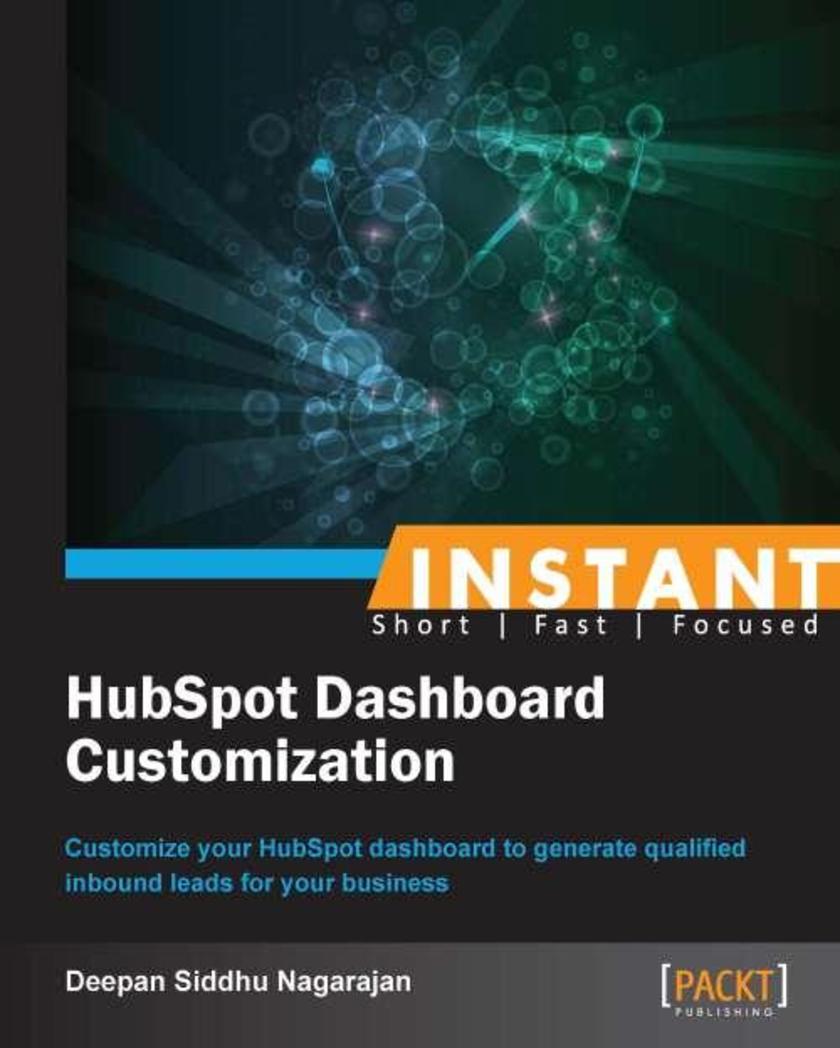
Instant HubSpot Dashboard Customization
¥35.96
Filled with practical, stepbystep instructions and clear explanations for the most important and useful tasks. A headlong guide including example driving situations, clear instructions for important tasks, and details for enhancing your social media management experience. This book is a perfect fit if you are an inbound marketing beginner who feels and believes that handling multiple marketing channels to generate leads is a cumbersome activity. The best part is, you don’t need to have coding skills to customize your Hubspot portal when you’ve got this book. Basic knowledge of computers is essential.
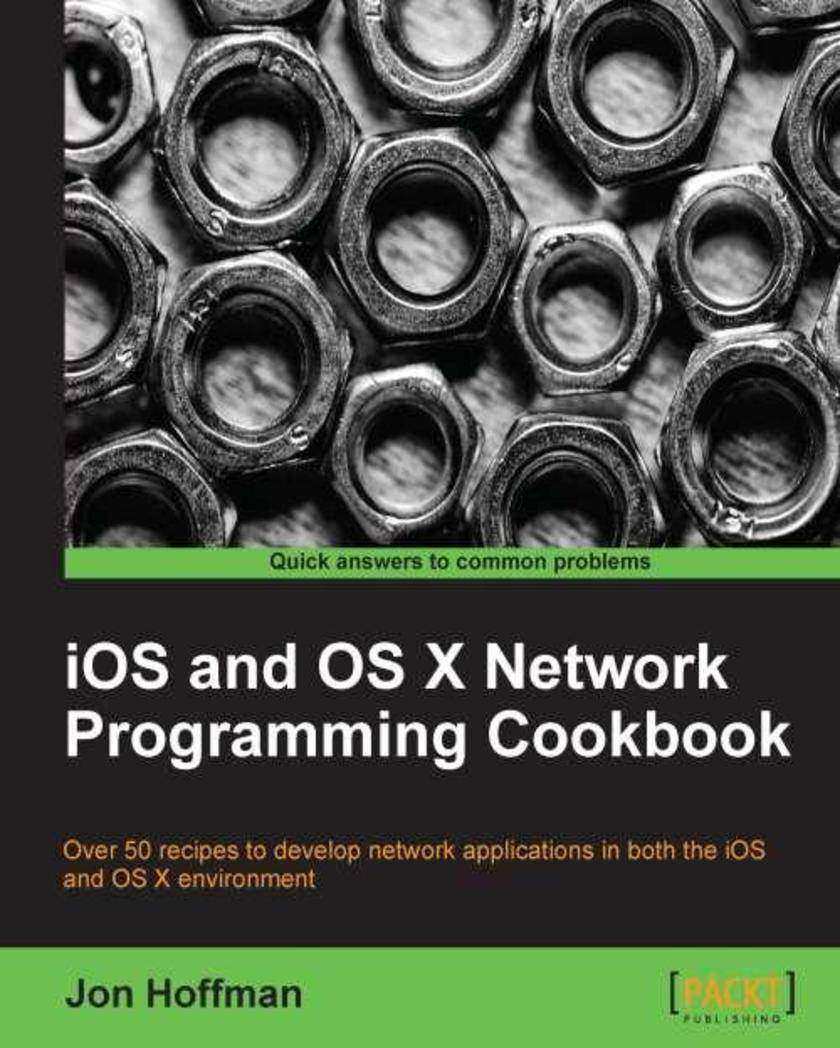
iOS and OS X Network Programming Cookbook
¥90.46
This book follows a recipebased approach that will heavily focus on the code and how to integrate the samples with the reader’s projects.Each recipe consists of one or more methods that you can put directly into your app and use. This book is ideal for developers that want to create network applications for the Apple OS X or iOS platforms. All examples are written in ObjectiveC using XCode as the IDE. Knowledge of ObjectiveC and XCode is essential.
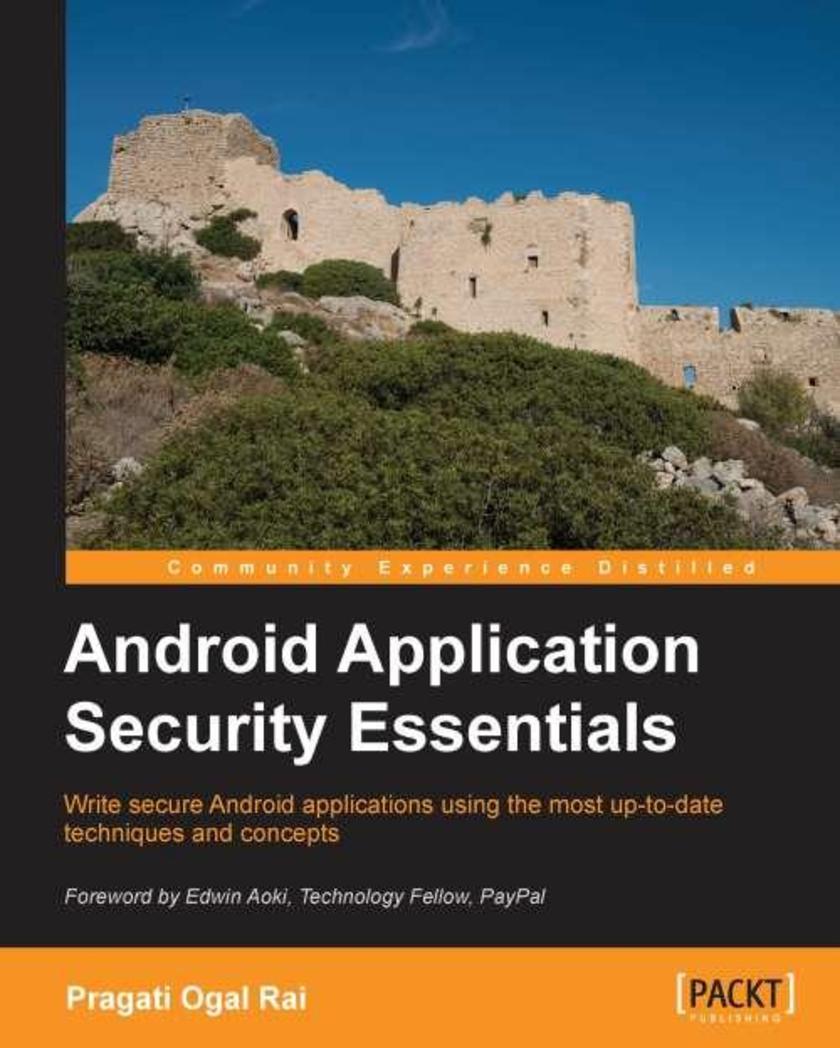
Android Application Security Essentials
¥80.65
Android Application Security Essentials is packed with examples, screenshots, illustrations, and real world use cases to secure your apps the right way.If you are looking for guidance and detailed instructions on how to secure app data, then this book is for you. Developers, architects, managers, and technologists who wish to enhance their knowledge of Android security will find this book interesting. Some prior knowledge of development on the Android stack is desirable but not required.




 购物车
购物车 个人中心
个人中心



